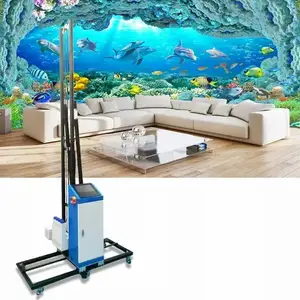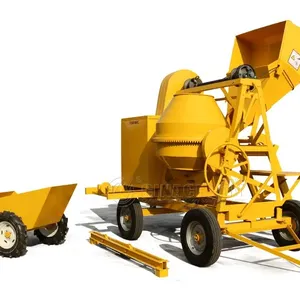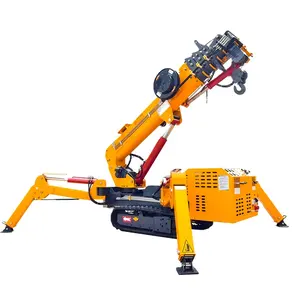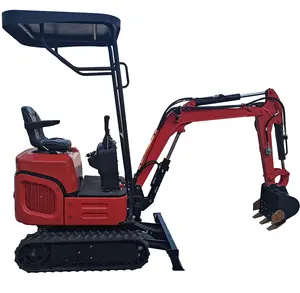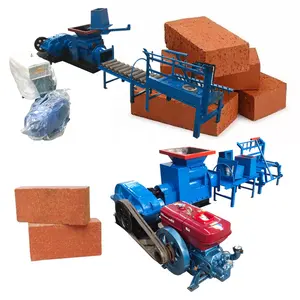Popular in your industry




















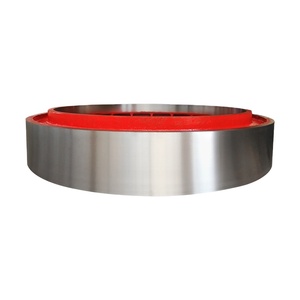
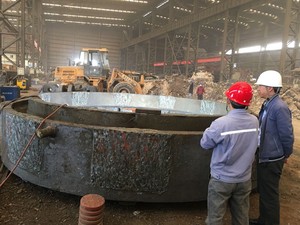

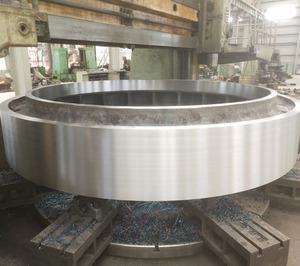
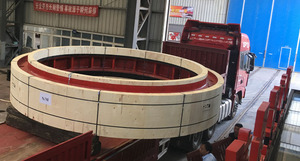







































Top categories
About rotary kiln incinerator sale
Introduction to Rotary Kiln Incinerators
Rotary kiln incinerators are an advanced solution designed for the thermal treatment of waste materials in various industries. These incinerators are pivotal in the process of waste-to-energy conversion, and their robust construction allows for continuous operation, ensuring efficiency in waste management practices.
Design and Operation
The design of rotary kiln incinerators is centered around a rotating cylindrical vessel, which is slightly inclined to facilitate the movement of waste material through the kiln. This design is critical in ensuring consistent thermal processing, which is essential for achieving optimal combustion and minimizing unburned residue.
Types and Applications
There are various types of rotary kiln incinerators catering to different industrial needs. These include co-current, counter-current, and direct-fired rotary kilns, each serving specific thermal waste treatment applications ranging from medical waste disposal to hazardous chemical treatment.
Features and Materials
Rotary kiln incinerators are constructed using high-grade materials capable of withstanding extreme temperatures and corrosive environments. Features such as variable speed drives and advanced control systems enable precise temperature and process control, which is crucial for efficient incineration and compliance with environmental standards.
Advantages of Rotary Kiln Incineration
The advantages of using a rotary kiln for incineration include superior waste handling capabilities, high thermal capacity, and the ability to handle a wide range of waste streams. Their operational flexibility allows for the treatment of intermittent waste loads, making them a versatile option for various industries.
Maintenance and Safety
Maintenance of rotary kiln incinerators is streamlined due to their design, which allows for easy access to key components. Safety features are integrated into the design to protect operators, including automated monitoring systems that detect and respond to potential operational anomalies.
